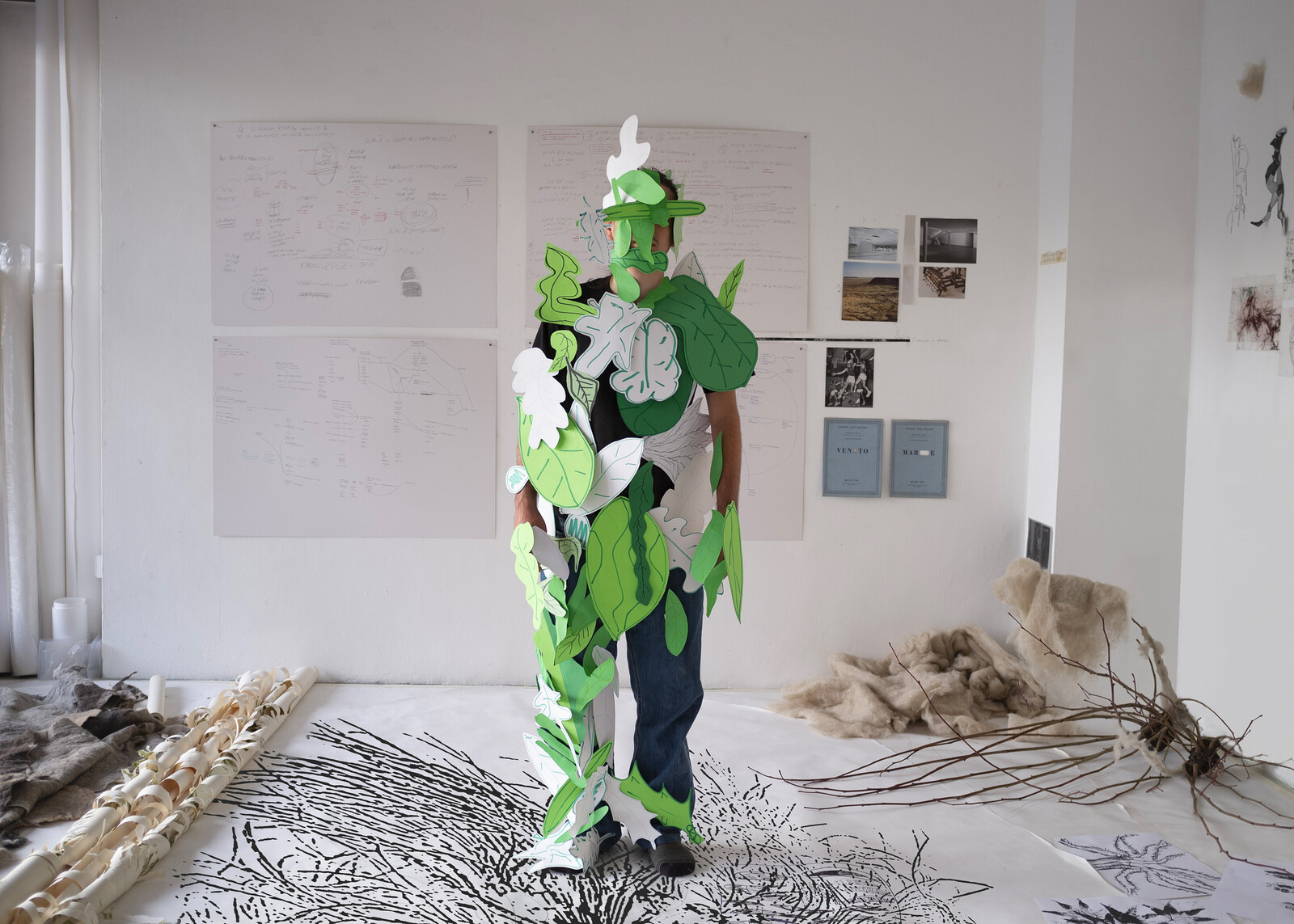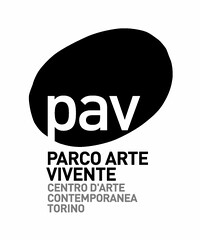Andare con le radici (Going with the roots)
June 10–October 22, 2023
Via Giordano Bruno 31
10134 Turin
Italy
T +39 011 318 2235
Curated by Marco Scotini.
Six years from the solo exhibition created in 2017, La Passione del Grano, the Wurmkos group returns to the PAV with the previously unseen project Andare con le radici (Going with the roots). The exhibition, consistent with the urgencies highlighted in the previous double-handed solo exhibitions by Marcelo Expósito and Oliver Ressler, curated by Marco Scotini, identifies in the plant world an environment from which it is possible to select new models of life aimed at imagining virtuous forms of social cohabitation, in an attempt to unseat the constitutional hierarchies of neo-liberalist politics.
The Wurmkos visual arts laboratory, founded in 1987 at Sesto San Giovanni, is a “Basaglia type” experience (the psychiatrist Franco Basaglia promoted the shutting down of psychiatric hospitals in Italy) that links art and psychological distress without any attempt to propose objectives of salvation. As with all the group’s other activities, in the project presented at the PAV, those taking part and cooperating, with distress or otherwise, are artists, critics and the people who participate in the multiple acts of birth, growth and development of the projects. Andare con le radici (Going with the roots) began to take shape in the spring of 2020 and is the result of a journey of self-reflection and transformation whose subject is, primarily, the methodologies adopted by the group itself. As part of this process, the practice of mutual aid theorized by the militant thinker Pëtr A. Kropotkin becomes a fundamental reference point: a primordial thrust that lies at the center of every form of biological and social life, mutual aid consists of a guiding principle in the evolution of life on earth.
Various examples of alliances between plants, fungi and diverse forms of life highlight how, in nature, survival in conditions that, at times, appear unsuited to supporting life, can be possible thanks to reciprocal support. Knowing and studying the living beings that have inhabited planet Earth for much longer than human beings, means learning new strategies from elements that have developed the best adaptation tools and, as pointed out by Stefano Mancuso, by studying biodiversity, we can cultivate views that help us to understand our pluralities. In the urban subsoil, far from a distracted center, artists with heterogeneous journeys, exactly like the different species of plants, interweave stories and signs that do not necessarily need to be interpreted but just taken on board.
The exhibition is designed beginning with an underfoot device/work where the area is conceived for being lived as a ground, a piazza, a universe, a flow that hosts a community of plants that no longer conforms to an anthropocentric vision. The collective work probes the space not only as a visual field but also as an environment in which it is possible to experience and abolish hierarchies, passing from a vertical to a horizontal condition.
By means of a process of transformation and valorization of diversity, Andare con le radici (Going with the roots) connects our bodies with the body of the territory, interpreting the workshop as a plural environment. A host of trees that, from a wood becomes a forest: an ecosystem based on the interdependency of organisms, a gigantic, vital texture whose existence is achieved thanks to the variety of its consistent elements.
Andare con le radici (Going with the roots) will open in conjunction with the collective exhibition The Parliament of Things with Chiara Antonelli, Davide Barberi, Alessandro Cavallini, Traian Cherecheș and Chiara Scodeller curated by Marco Scotini, linking the production by the historic Milanese collective with a generation of young artists who trained in a Masters in Visual Arts and Curatorial Studies and the Academic Masters in Art and Ecology on the Milan campus of NABA, the Nuova Accademia di Belle Arti.
The exhibitions have been sponsored by the Compagnia di San Paolo, Fondazione CRT, Regione Piemonte, Città di Torino.



